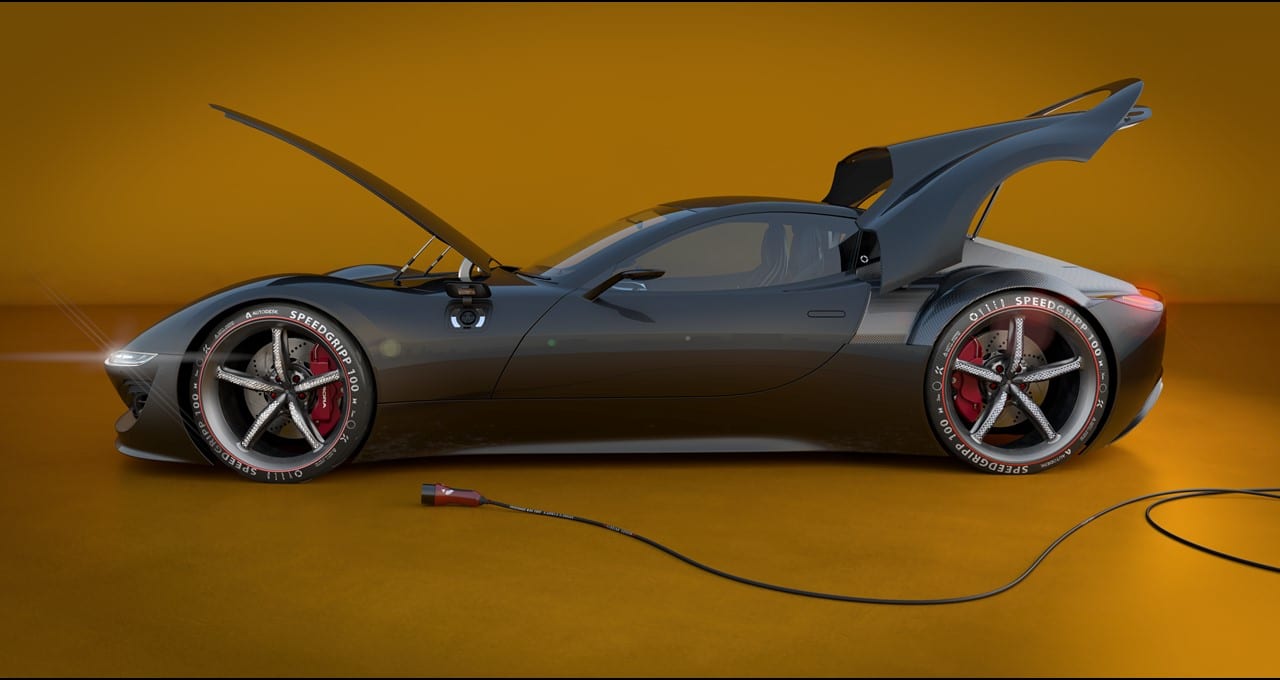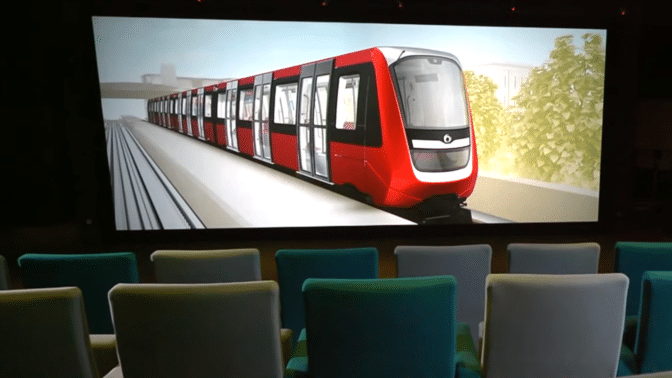Automotive design has a new driver behind the wheel: NVIDIA RTX.
Autodesk announced that the latest release of VRED 2021, its automotive 3D visualization software, now supports NVIDIA Quadro RTX, letting designers tap into powerful GPU technology to create and design like never before.
Autodesk VRED, which was previously limited to CPU, now leverages RTX technology to support the high demands of consumers and provide interactive ray tracing and AI-powered denoising. This allows users to gain immediate visual feedback to see how a vehicle’s aesthetics will interact with different environments in real time.
By transforming massive amounts of digital design and engineering data into photorealistic renders in VRED, professionals can make better-informed decisions throughout the design and development process, allowing them to bring products to market faster.
Design with Real-Time Rendering, Deliver Real-Time Results
Autodesk VRED enables users to create digital prototypes so they can gain insight into how vehicles will look and perform. To be effective in guiding design decisions, the digital prototypes need to look and behave as close as possible to the real thing.
“Real-time ray tracing has a huge impact on design visualization, which is why Autodesk is making our industry-leading VRED 3D visualization software even more powerful by embracing NVIDIA Quadro RTX GPUs in the latest release,” said Thomas Heermann, associate vice president of Automotive + Conceptual Design at Autodesk.
With RTX accelerating VRED, professionals can create product presentations, design reviews and virtual prototypes with photorealistic details in real time. VRED users can also achieve physically accurate scalable rendering on GPU, and they can connect several NVIDIA RTX Servers to speed up real-time and offline rendering performance.
Designing the Fastest Trains with the Fastest Tools
Alstom, a leading company in the transportation industry, designs and builds locomotives, including France’s TGV, one of the world’s fastest trains. While many automotive designers are adopting VR for their design workflows, Alstom pushes the graphics envelope further to bring massive train models to life for real-time design reviews.
“With NVIDIA Quadro RTX and VRED GPU ray tracing, we are able to achieve a significant performance increase over CPU ray tracing, accelerating our renderings from minutes to milliseconds,” said Fabien Normand, virtual reality expert at Alstom. “With RTX Server scalability and Autodesk VRED, we can now spend less time optimizing our models for ray-tracing performance and more time designing. The results look amazing on our 32-million-pixel stereoscopic power wall.”
AI Denoiser Delivers Noise-Free Images in Real Time
In addition to real-time ray tracing and rendering, VRED uses RTX to deliver AI denoising.
By combining NVIDIA’s AI-accelerated denoiser with VRED’s scalable ray tracing, designers can remove the last bit of grain in their renders and create noise-free, interactive images in real time.
This workflow provides users with immediate visual feedback so they can see and interact with their latest designs, allowing them to explore with different variables like light, materials, viewing angle and shadows.
Designers can now see how a vehicle’s aesthetics will interact in different environments, which is critical to ensure automotive prototypes meet certain requirements before the design is finalized.
“Professional VRED users demand the performance Quadro RTX provides for both photorealism and real-time interactivity for design reviews and exploration on desktop, large-scale review environments and in VR,” said Heermann. “Coupled with NVIDIA Quadro RTX 6000 and RTX 8000 GPUs, our latest release of VRED delivers performance improvements that make a difference to our customers.”
Register for GTC Digital to learn more about the latest release of Autodesk VRED 2021.
Featured image courtesy of Peter Spriggs.

